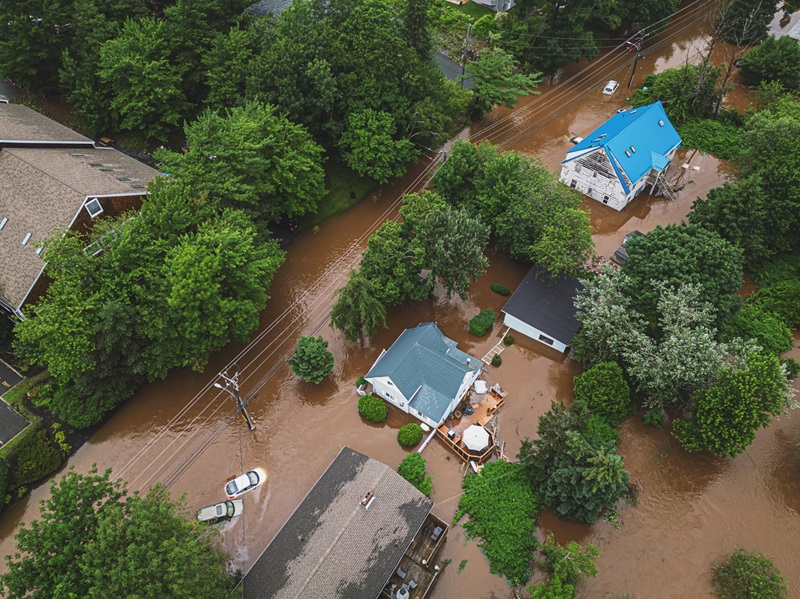How clients can be motivated on climate action

Measures to help mitigate climate change are a known commodity, it’s just a matter of motivating the public, government and regulators to take action, speakers suggested Monday at an industry event.
Climate change is irreversible, but its rate can be slowed down, Blair Feltmate, head of the Intact Centre on Climate Adaptation, said during the Financial Services Regulatory Authority of Ontario’s 2024 FSRA Exchange event. The problem is that people often don’t know what to do, so the key is providing tools and information to encourage flood and wildfire risk mitigation.
“I don’t need more climate scientists to tell me that…things are bad,” Feltmate says, stressing the urgent need for action. “Catastrophic loss and shareable claims data in the country, it’s not just going up, it’s going up curvilinearly — things are getting worse faster, but we have known solutions.”
Feltmate says he now spends much more time with behavourial economists and behavioural psychologists to look at how to motivate the masses on climate action.
“We’ve got the tools, but we’re not utilizing the tools,” Feltmate says. “The trick is now one of human psychology to a certain extent, so that’s where we’re spending more and more of our time.”
Property insurance companies are about 10 years ahead of other financial companies in handling physical climate risk, adds Paul Kovacs, executive director of the Institute for Catastrophic Loss Reduction.
Two costliest risks
Flooding and wildfires are the two most costly physical climate risks realized in Canada, Feltmate says. Flooding is the Number 1 peril, with residential basement flooding the “most costly expression of climate change in the country,” he says.
“What we’ve developed over the last 10 years for the country is very good, practical, meaningful, cost-effective guidance,” Feltmate says. “Actions can be taken or implemented to mitigate flood risk at the level of the home and at the level of the community. And the same for wildfire…”
For example, homeowners can install backwater valves and sump pumps, and extend downspouts and sump discharge pipes at least 2 metres from a home’s foundation. Or remove all combustible ground cover (mulch and plants) and install non-combustible fencing within 1.5 m of the house perimeter to help mitigate wildfire risk.
The P&C industry has been “aggressively” providing direction to homeowners as to actions they can take around their properties, Feltmate says. Generally speaking, risk can be greatly reduced without special expertise and for very little money (in the hundreds to low thousands of dollars). “On a scale of zero to 100 — 100 being the worst for basement flooding — you can take a home from an 80 down to a 20 just like that by providing appropriate information to people to act upon to protect their homes.”
Most homeowners don’t know how to protect their properties. “But when you actually give them the information — simple diagrammatic infographic-style information — we find that 70% of people will take two actions to protect their homes from basement flooding within a six-month period that they otherwise wouldn’t have done,” Feltmate says.
Kovacs says bigger climate changes are on the horizon. “But the data shows for most of the homes in Ontario, the most fundamental protective measures are not yet in place. And that’s why the losses have been getting up to the billions of dollars a year.”
But there are proven, affordable solutions, Kovacs reiterates. “Our research shows that we spend $1, and you save five to 10. So, the economic case is very, very strong. We just need to get more people to act…”
Feature image by iStock.com/shaunl







